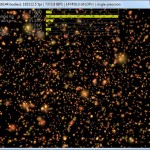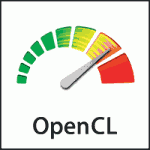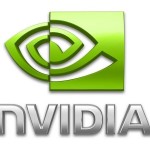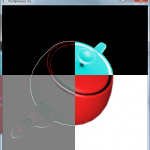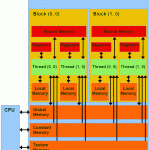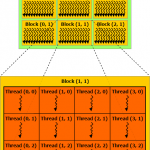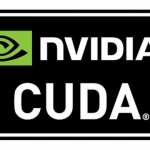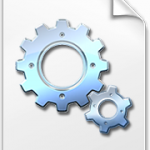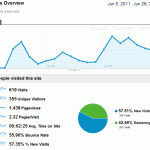
Google Analytics
In this article I will briefly summarize my own experiences while trying to maximize my website’s search engine presence. I will discuss my experience with choosing a good hosting provider, and getting a website started quickly.
I will also show how you can leverage the power of social media tools like Facebook and Twitter to further your website’s exposure.
If you decide to manage your own website then you will want to know how you can help search engines find and index your site. I will introduce a few tools that you can use on your own sites to ensure you can maximize your page rating so your website comes to the top of the search results.
If you can’t see how much interest your website is generating, then you won’t know if your hard work is paying off. I will also talk about Google’s solution to help you track your web site using Google Analytics.
Continue reading →

